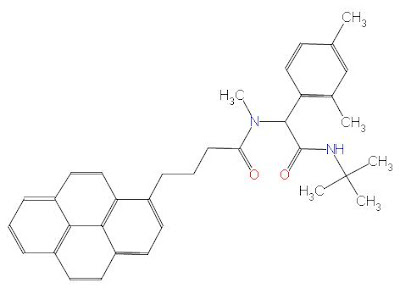=========================
General Information:
This is the principal e-Science meeting in the UK and brings together researchers from all disciplines, computer scientists and developers to meet and exchange ideas. The meeting is in its seventh year and normally attracts between 500 and 600 participants. The theme for this year's meeting is 'Crossing Boundaries: Computational Science, E-Science and Global E-Infrastructures'. The appointment of Professor Peter Coveney (UCL) as Programme Chair, heralds a new approach. This year, for the first time, key papers will be published in two back to back editions of Philosophical Transactions of the Royal Society A in the early part of 2009, with the title 'Crossing Boundaries: Computational Science, E-Science and Global E-Infrastructures'. One of the central aims of this year's meeting is to promote the domain specific applications aspects of e-Science, as well as building bridges between the three communities of the theme title.
The general format of the meeting will include cross-community symposia (kicked off by invited key speakers) and workshops. The workshops are being championed by Programme Committee members in what are considered to be key areas of e-Science that need to be addressed, rather than by a call for workshops as has been done in the past. There will also be opportunities to present 20 minute talks.
Call for workshop papers for the workshop on
The Global Data Centric View of e-Science or “Data in Science, Arts and Medicine: getting it, testing it, using it, keeping it, and sharing it!”
Organisers:
Workshop Organizer - Jeremy Frey, School of Chemistry, University of Southampton
Workshop Programme Committee
Roger Barga, Microsoft Research, Redmond, USA
Colin Bird, IBM Labs, Hursley, UK
Jean-Claude Bradley, Department of Chemistry, Drexel University, USA
Simon Coles, University of Southampton, UK
Peter Dew, School of Computer Science, Leeds, UK
Lee Dirks, Microsoft Research, Redmond, USA
Jon Essex, University of Southampton, UK
Geoffrey Fox, Indiana, USA
Lee Giles, Penn State, USA
Jane Hunter, University of Queensland, Australia
Charles Laughton, Nottingham, UK
Liz Lyon, UKOLN, Bath,
Peter Murray-Rust, Unilever Centre, Cambridge, UK
Jim Myers, NSCA, Illinois, USA
Cameron Neylon, RAL, STFC, UK
Mike Pilling, School of Chemistry, Leeds, UK
Peter Turner, University of Sydney, Australia
Andrew Woolf, RAL, STFC, UK
Invited talks: TBA
Call for papers:
In this workshop we request papers (abstracts) contributing to the consistent or integrated treatment of data derived from laboratory processes, computational simulations, analyses, legacy systems and human annotation and that address one or more of the following:
- Distributed Data Acquisition & Generation
- Data Management, Migration and Curation
- Data Models, Representations,
- Metadata and Annotation
- Data Flows & Access Services
- Data Translation, Normalization and Integration
- Data Evaluation, Error correction and Attribution of confidence
- Data transparency: Approaches and Policies
- Data Search, Open Data
We are particularly interested in papers that highlight and demonstrate the ways in which the data centric view provides a unifying approach to the handling and processing of information in multi- and interdisciplinary environments in ways that can satisfy the needs of small, medium and large-scale generators and consumers of data and for example the role of Web 2.0 and the “Cloud” in dealing with the topics listed.
Workshop Discussions
We are planning a blog/wiki/forum operation at the workshop so that the questions & discussion can be captured and 'published' along with the papers (a bit like Faraday Discussions for those who know the Royal Society Chemistry system). We should be able to do this in an efficient way making use of the fact that most people in the w/s will have a laptop open and be typing anyway!
Submission Deadline: 1st May 2008











